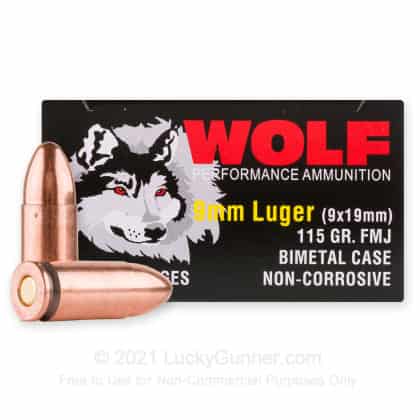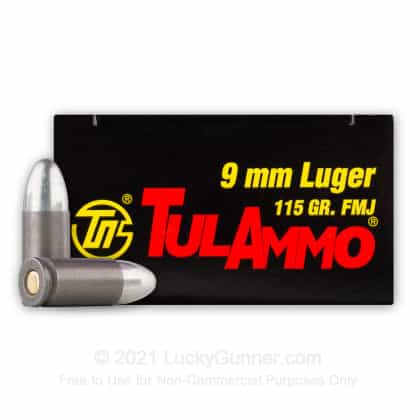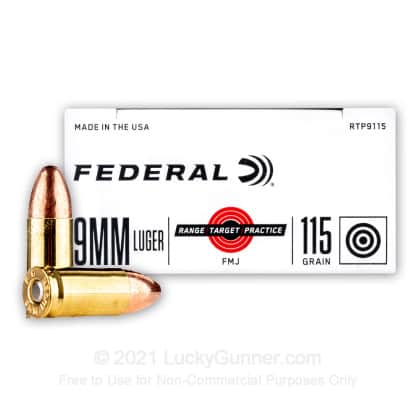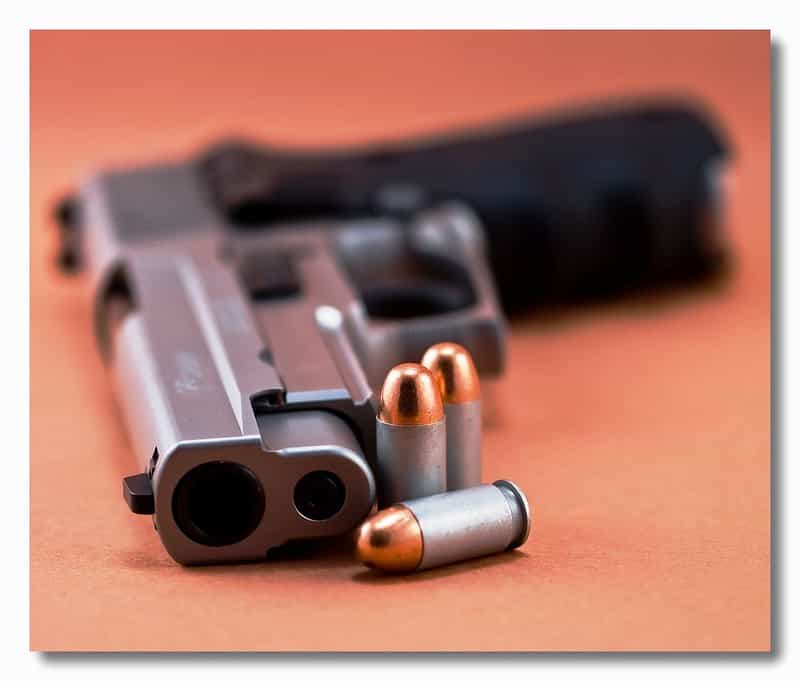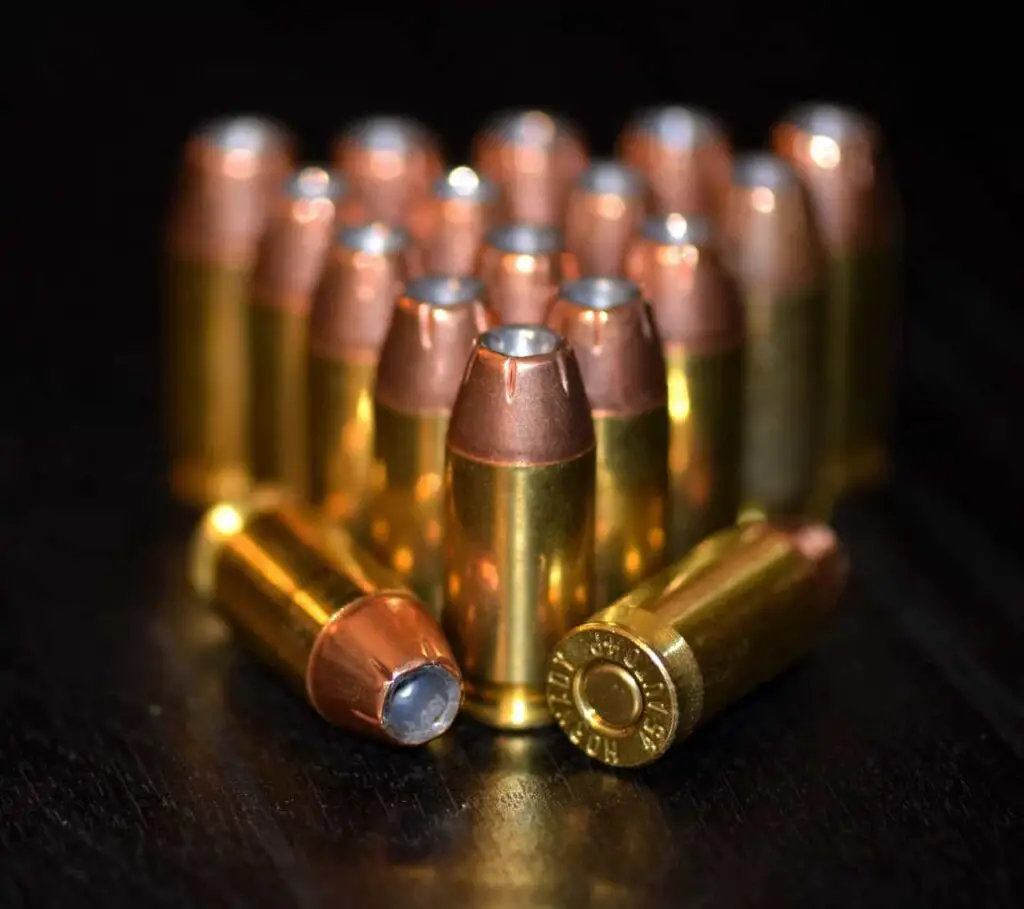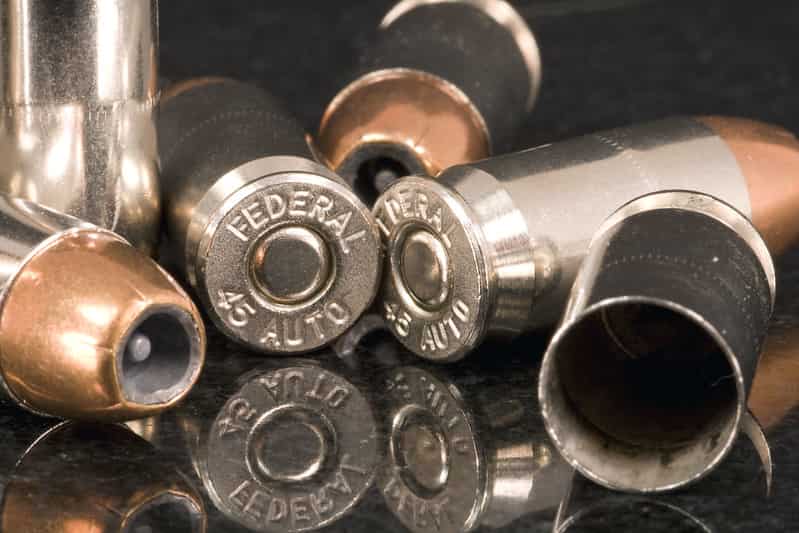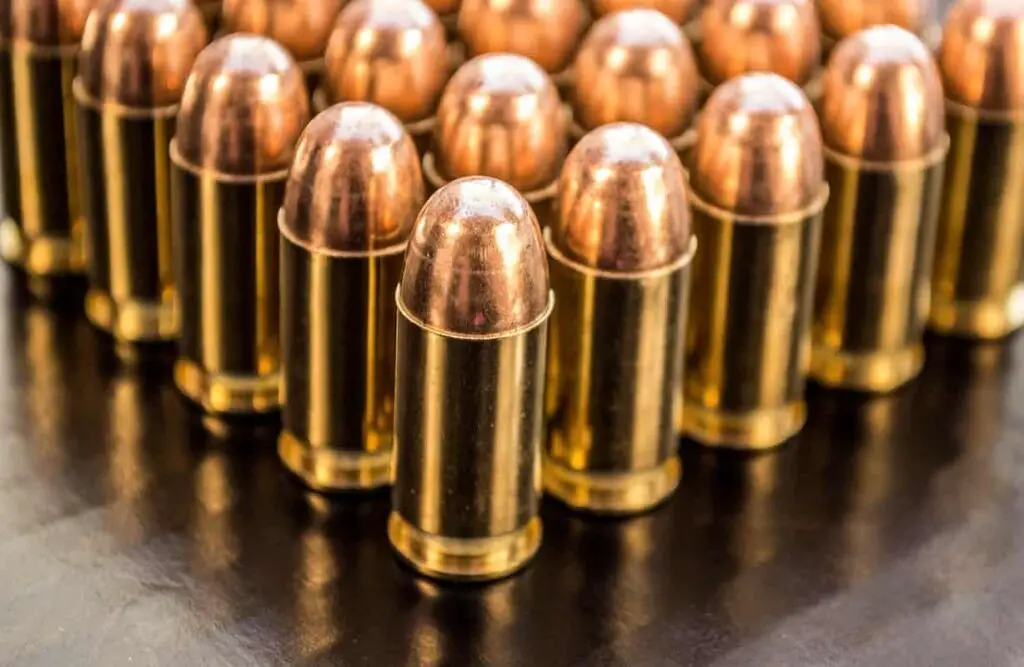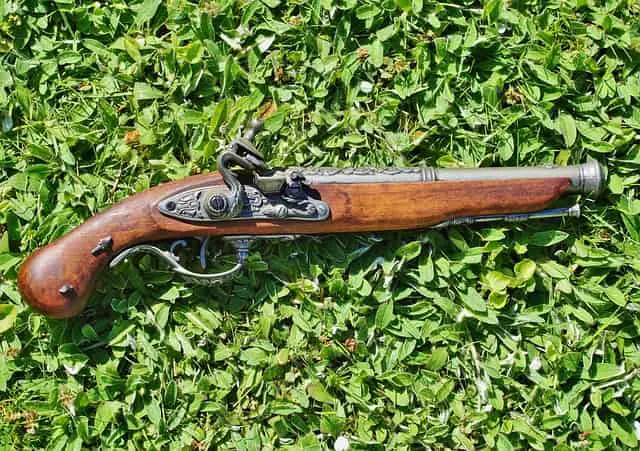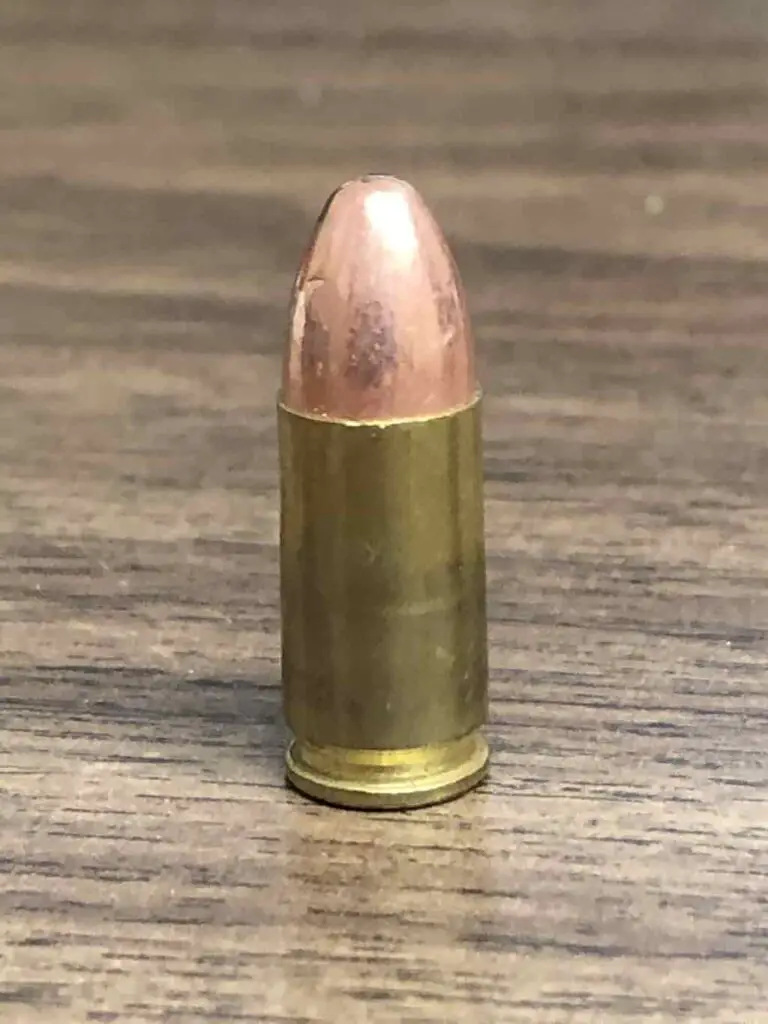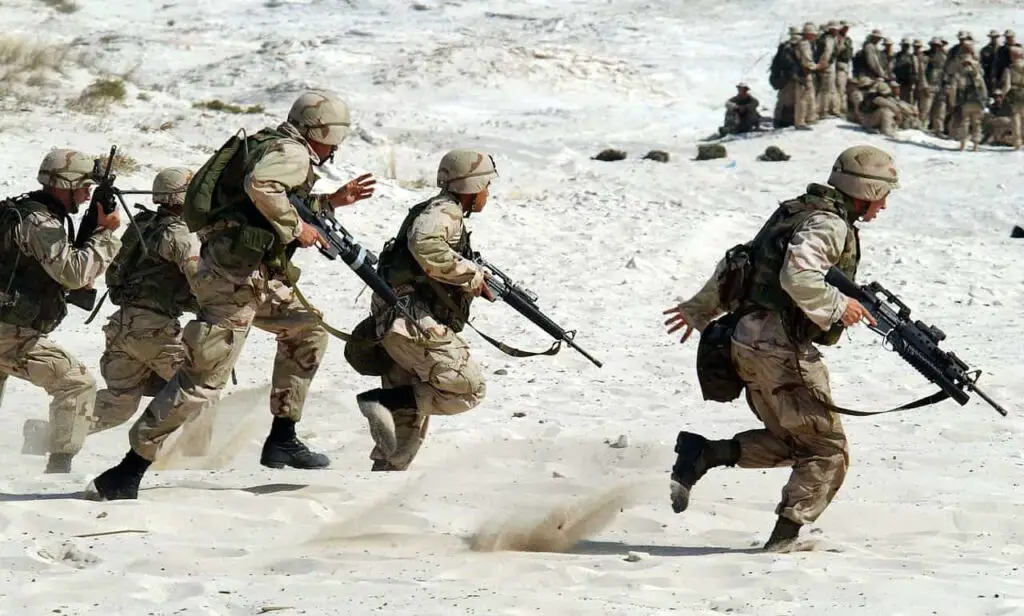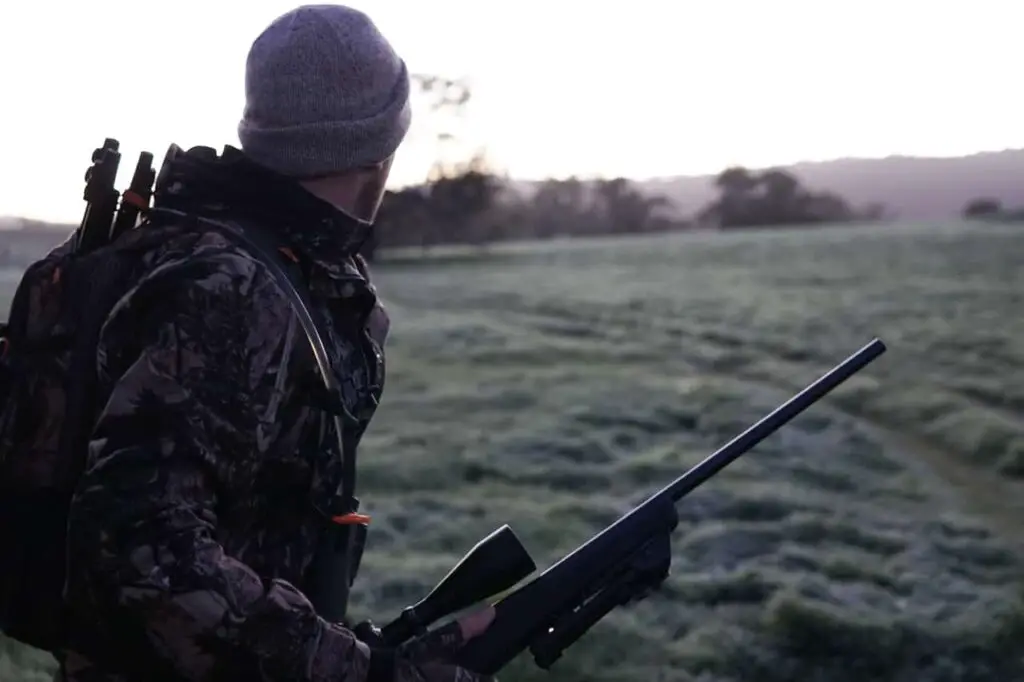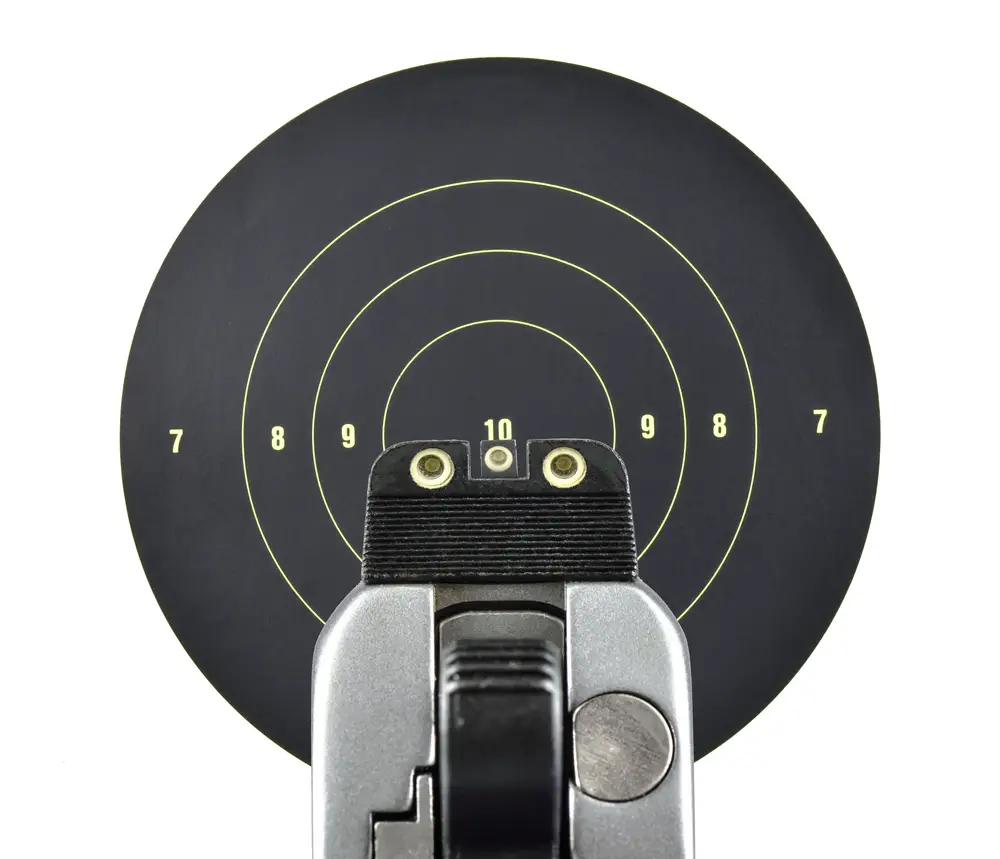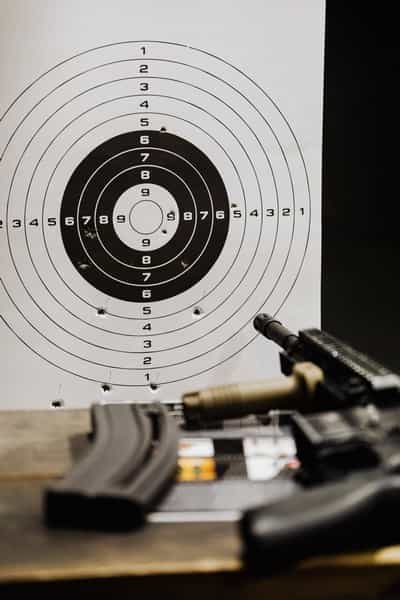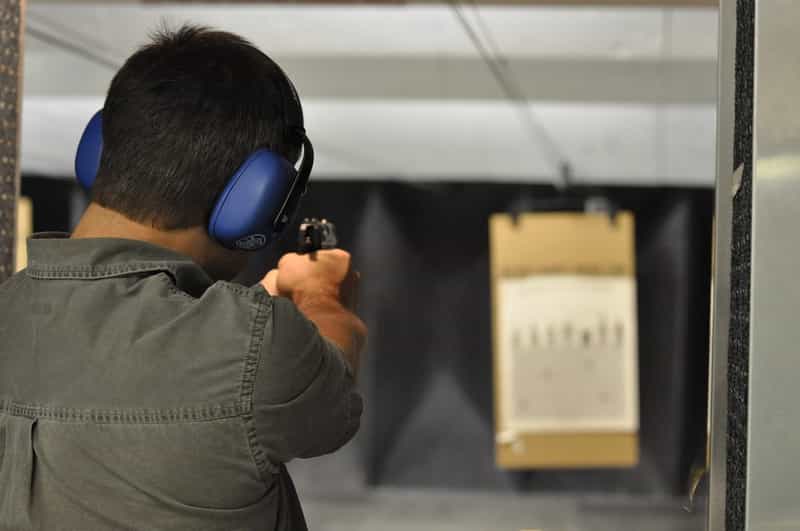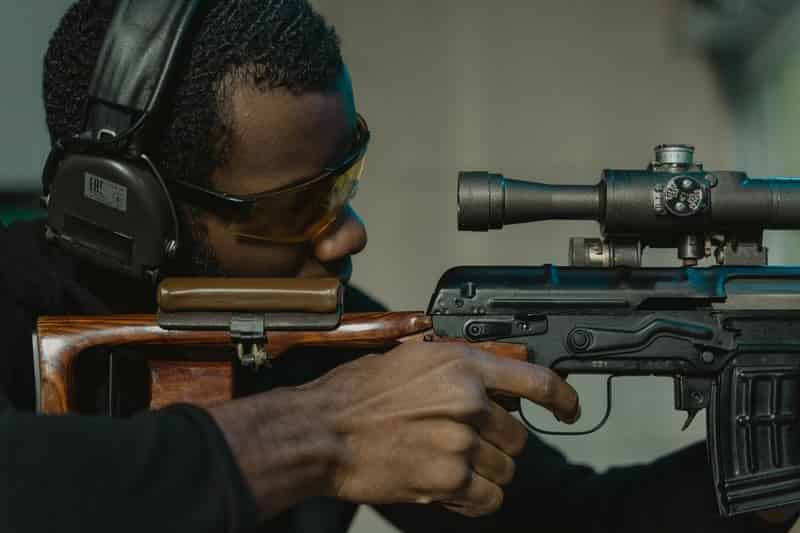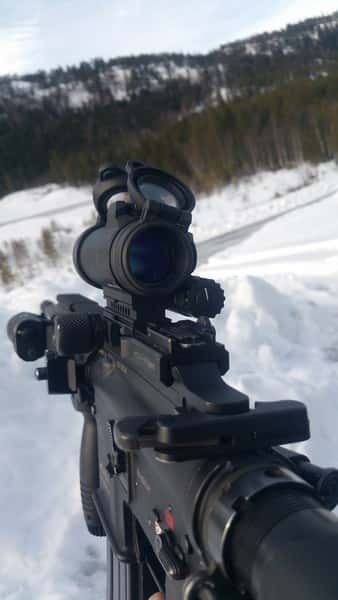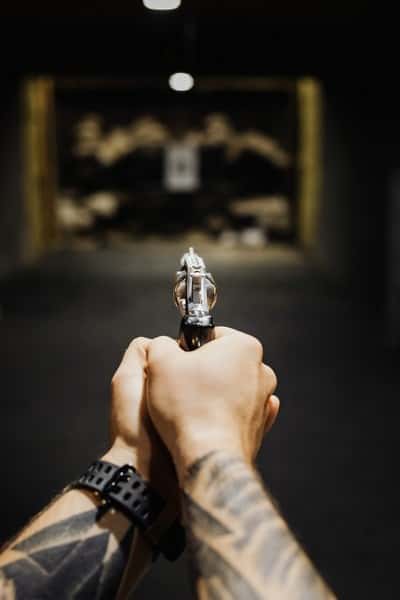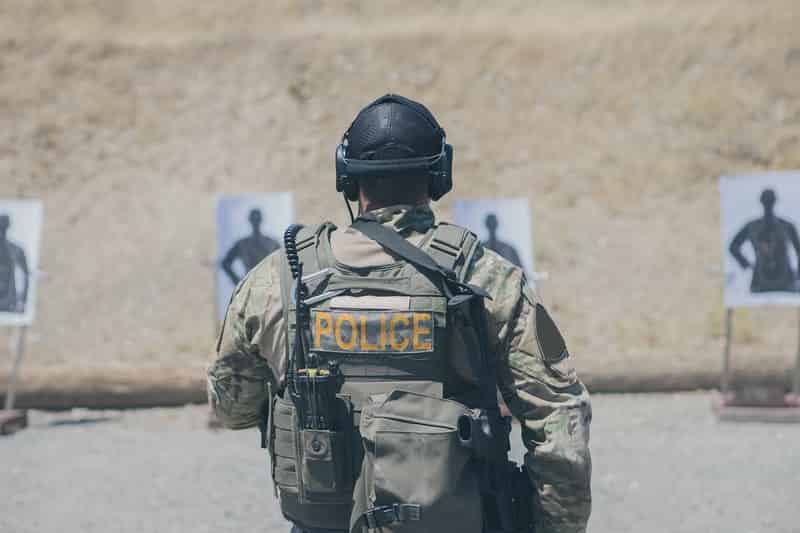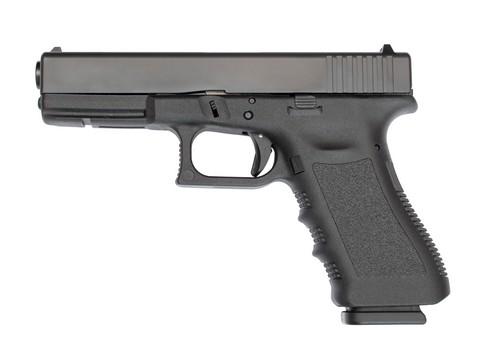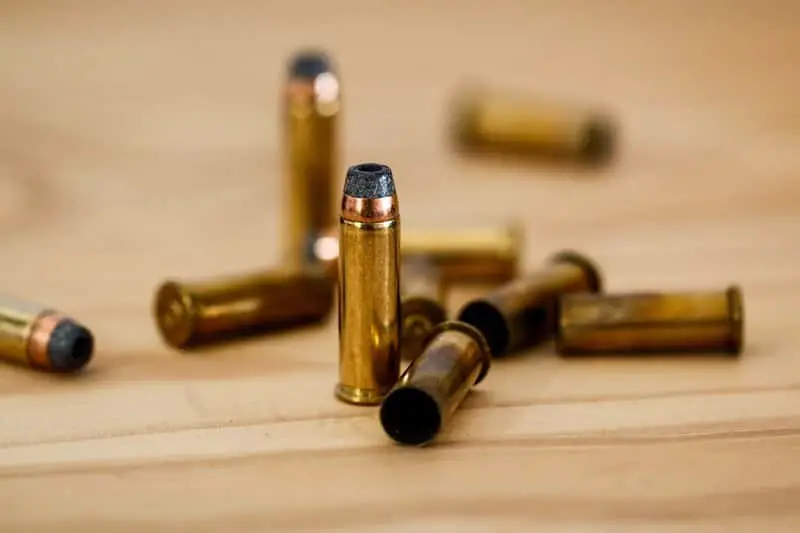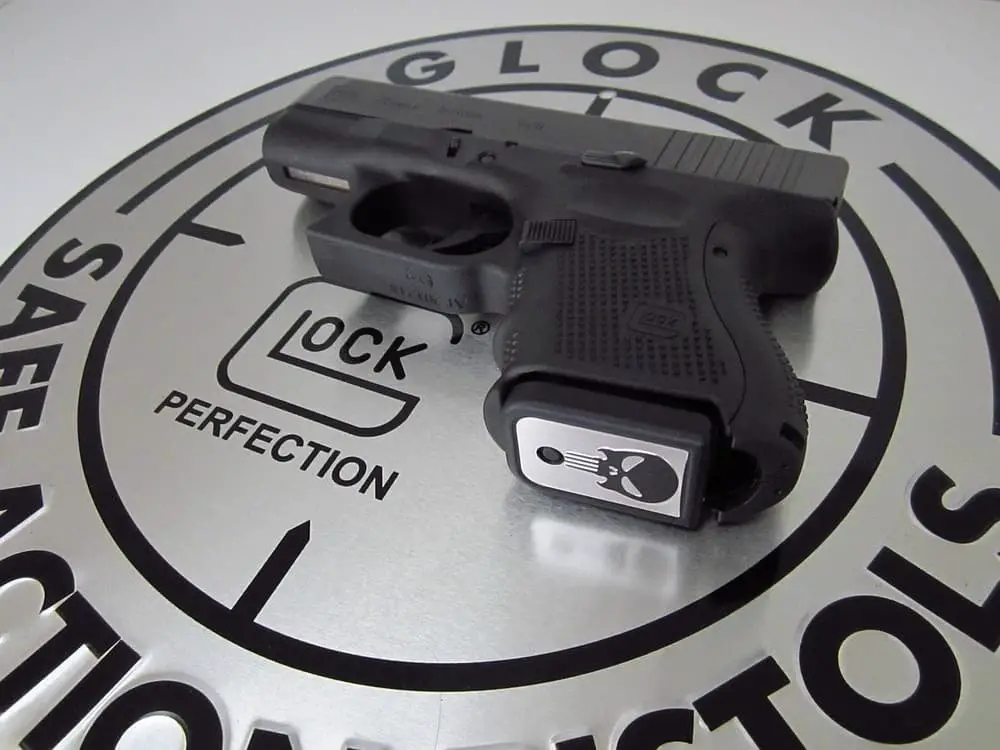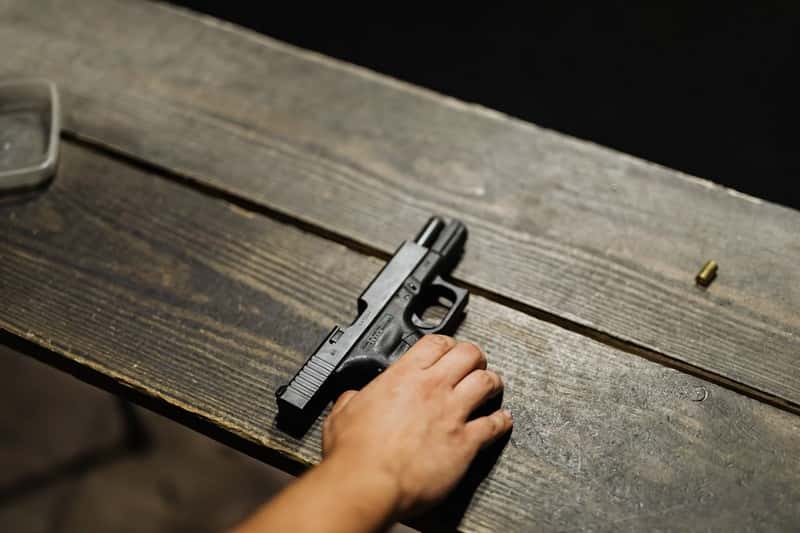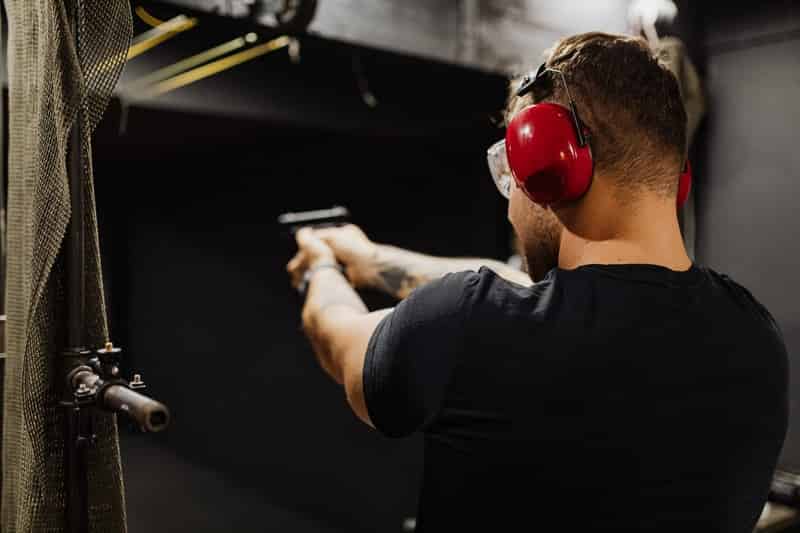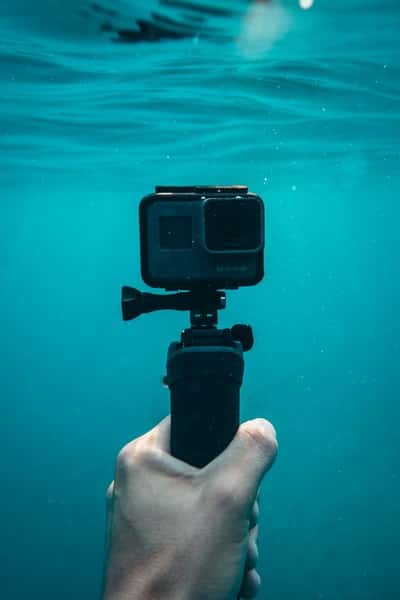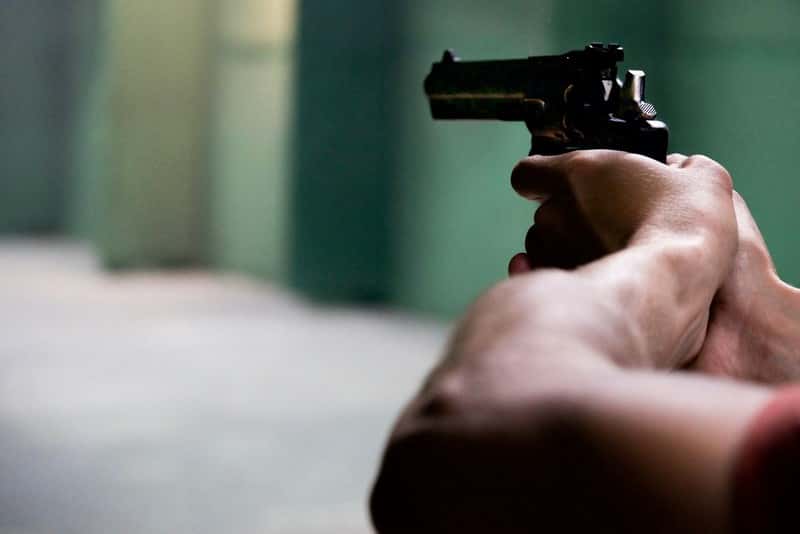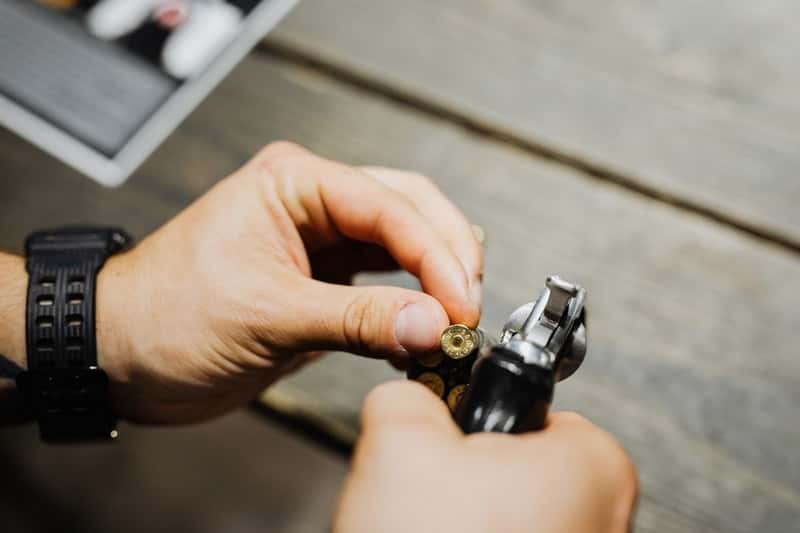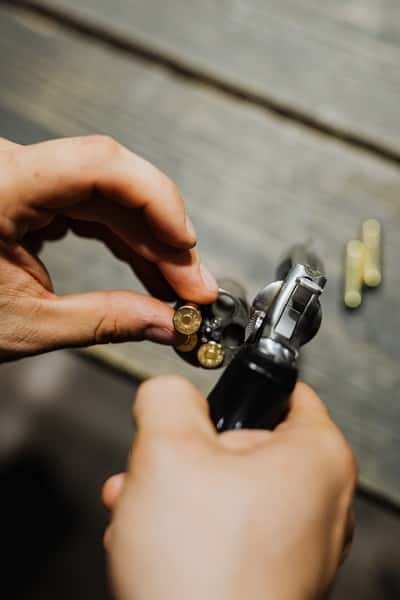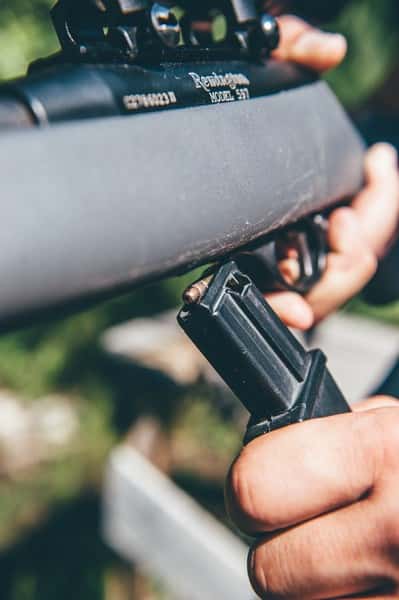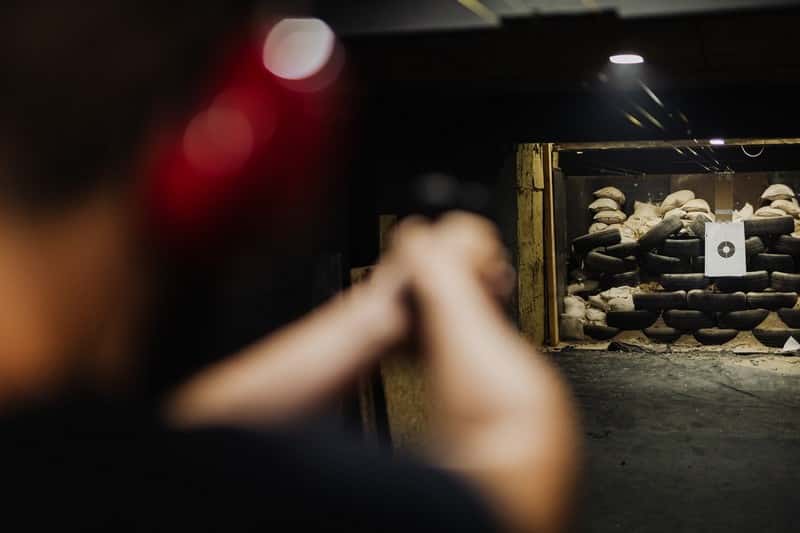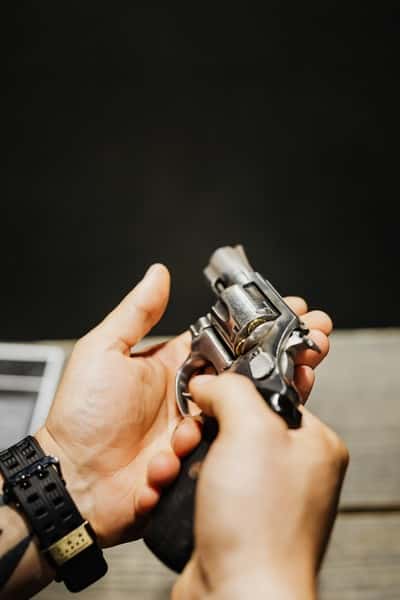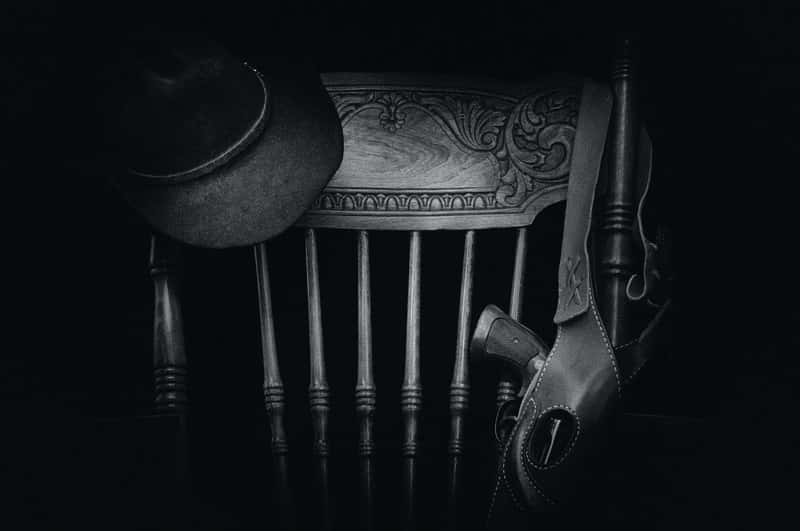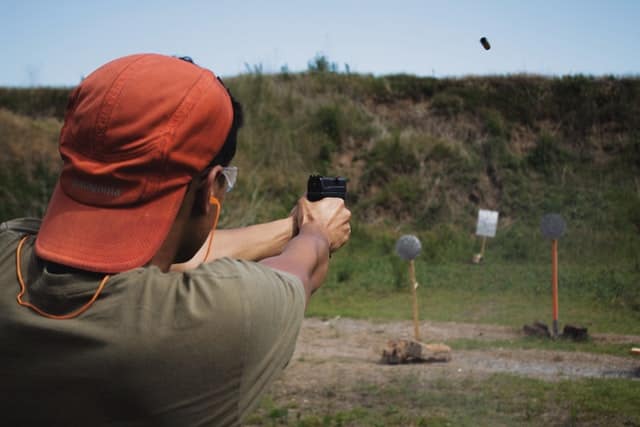
First, what is plinking?
Plinking is a term used in shooting sports to describe informal target shooting done for fun. A sheet of steel can be used as a makeshift target and makes a plinking sound when hit.
After World War II, the activity became increasingly popular in Eastern Europe and then spread to other parts of the world. In recent era – especially in North America – it has became generally applied to informal target shooting with any type of rifle or handguns at objects such as tin cans, logs, glass bottles, and boxes.
Plinking is similar to target shooting, except that the main goal of plinking is not typically competition. It’s mainly done for fun. But it is also good practice for other kinds of target-shooting competition.
Plinking ammunition
While any ammunition can be used for casual plinking or practice, smaller caliber rounds such as the .22 Long Rifle are the most popular. They are much cheaper than centerfire rounds and are therefore less expensive to shoot in quantity. Saving money is one reason why informal shooting sports like plinking became popular.
A popular handgun round is the 9mm. The 9×19mm Parabellum is used a lot for plinking because they are less expensive than more powerful cartridges. Their lower velocities also make them safer for use in many urban settings where ranges are often located close to populated areas.
I shoot a lot of ammo. I handload, but handloading is time consuming and requires extra equipment which isn’t always practical, so I buy in bulk quantities when sales are available.
A significant amount of the ammo that I purchase is either .22 LR or 7.62x39mm, because these are relatively cheap loads that are easy to obtain.
Occasionally, however, certain types of .22 LR become unavailable at normal prices – even online stores with huge inventories sell out within hours when manufacturers release ‘shortage’ announcements.
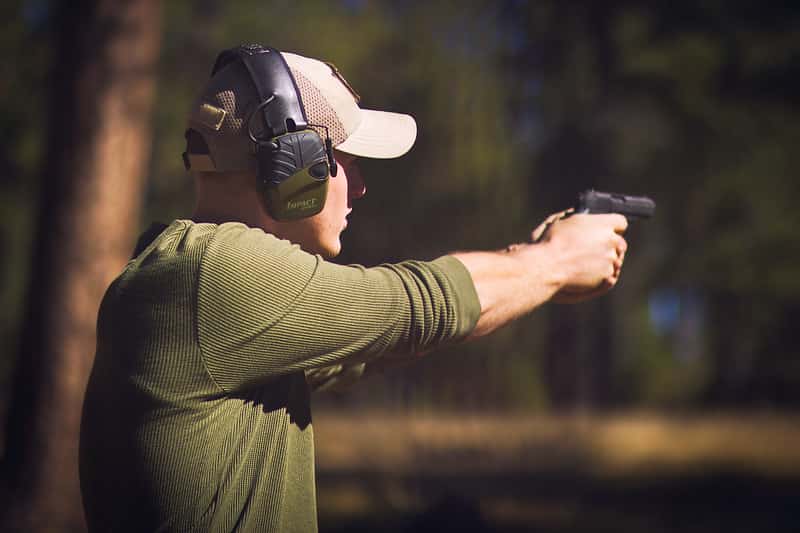
Can plinking ammo kill a person?
Some types of .22 LR ammunition can kill a person when fired directly into the heart, most plinking ammo will not have enough power to penetrate deep enough to cause significant damage.
.177 caliber pellets and BBs lack stopping power on their own. But, because they may be shot at high speeds and from close range using powerful airguns, they still pose a threat and must be handled with care and respect.
What is plinking ammo made from?
Plinking ammo is often made from lower-quality metal alloys. Brass casings are rarely used, and most plinking rounds have a mix of steel and zinc in the bullet or pellet.
Some ammunition may contain a highly fragile core that will shatter upon impact. Most plinkers understand how to handle various types of ammunition without harming themselves or their targets.
Is Plinking Ammo Accurate
Cheaper ammo used for plinking can certainly be accurate. It is not match grade accuracy but that;s not really the point.
Can you use plinking ammo indoors?
Yes, shooting indoors at a gun range is fine because they have a special backstop that will stop the ammo. But precautions must be taken when firing any ammunition at items indoors.
Most people who shoot indoors make sure there is plenty of space between them and anything behind the target they are using.
I would advise against shooting anything bigger than a BB gun in your own home.
Plinking ammo safety tips
#1: Keep your firearm pointed in a safe direction at all times. Some plinkers have been injured or killed when their guns recoiled and/or suddenly discharged without warning.
Plinkers should always be aware of what is ahead of them, especially if they are shooting from a different elevation than their targets.
#2: Avoid ricochet by keeping shots on a level plane. Directing any bullet or pellet ricocheting off a flat surface back toward yourself is extremely dangerous. Ricochet can occur when a round strikes an object at a shallow angle instead of directly penetrating it. If you see that rounds are ricocheting from your target, either move to a different shooting position or switch to another type of ammunition.
#3: Be aware of your target and what is beyond it. Plinkers who shoot at targets in their backyards may not be aware that bullets can travel a long way before air resistance begins to slow them down.
A bullet fired from even a .22 LR firearm could go through the back wall of a house and kill someone on the other side. If you didn’t know where your shots were going, you violated Rule #3 and might have also broken the law.
Just because you weren’t aiming at anything doesn’t mean somebody wasn’t endangered by your actions.
#4: Treat every gun as if it is loaded and ready to fire. People shouldn’t place any part of their body or hand over a firearm, even if it is unloaded.
Is plinking ammo good for self defense?
Millions of shooters around the country go “plinking” every weekend. Plinkers are either shooting at paper targets or cans, bottles, or junk they have lying around their property.
There is nothing wrong with plinking, but if you want to develop self defense skills it isn’t enough. Shooting at a stationary target just doesn’t prepare you for possible real-life situations that might pop up in front of you while carrying concealed. You need to practice with some defensive ammunition so that you can be confident in your abilities when the time comes.
Defensive loads are different from cheap plinking ammo because it is usually designed to expand upon impact instead of passing right through its target like most bullets do when they hit an object. The reason for this is because an attacker can be wearing heavy clothing or have a layer of muscle protecting his vital areas. By the time a bullet penetrates through the various layers, most of its energy is lost and it will probably not do as much damage as you had hoped.
A bullet that expands upon impact causes a larger hole going in and then rips into your target on the way out with multiple fragments which drastically increases stopping power. It also transfers more of its energy to your target instead of leaking away as it passes through. This allows defensive ammo to knock down targets faster than regular ammunition from high-velocity handguns. This is why shotguns are usually considered the best home defense weapon if you want to stop an assailant quickly.
Which ammo is best for self defense?
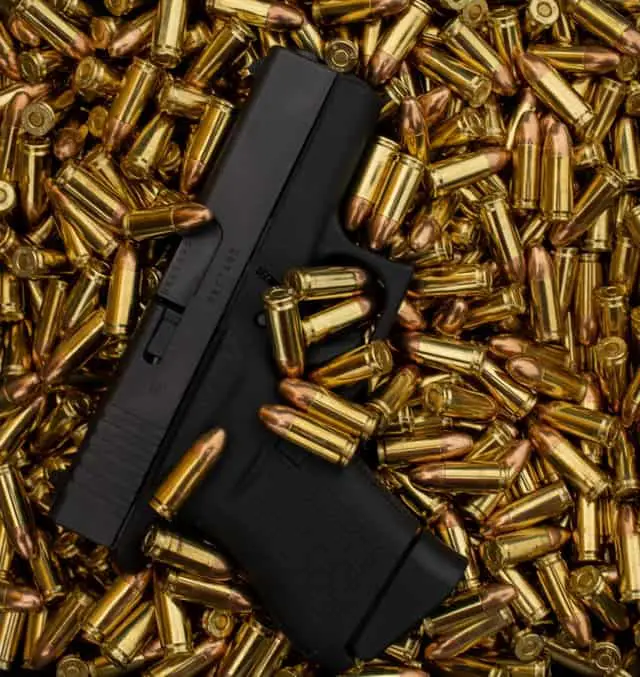
Granted, this is an age old question that depends on many factors. For instance, what kind of weapon are you using? Where are you at the moment? What is your background like? And so on… But there’s one over-riding factor when it comes to the actual selection of your ammo… penetration. This is why I highly recommend that anyone who carries a firearm for self defense be very careful in selecting their ammunition.
One innocent mistake could cost you dearly in terms of not only legal ramifications but possibly even bodily harm or death! And by “innocent” I mean utterly negligent and inexcusable mistakes.
*ALWAYS keep in mind that if someone is trying to kill you it’s very likely they may be on PCP, Meth, or some other drug that makes them impervious to pain! Or they might simply be hopped up on adrenaline… which means even a flesh wound could result in your death because they won’t feel it until after they’ve killed you.
Remember this especially when choosing ammunition for carry purposes… penetration takes priority over everything else!*
For example, .22lr ammo would have little effect against an attacker who had taken drugs or was high on adrenaline unless the bullet struck the central nervous system of your assailant (brain/spine).
Can range ammo be used for self defense?
No, range ammo is generally full metal jacket and should not be used for self-defense.
Full metal jacket (FMJ) bullets should never be used in defensive ammunition because a FMJ round’s main objective is to punch a hole through the target. While this may be great for some applications, in terms of fighting with your pistol you need to focus on temporary and permanent tissue damage which is created by cutting/fragmenting holes in your opponent.
Full metal jacket rounds have a much greater chance of penetrating your attacker and hitting an innocent person behind them. You should always use hollow point rounds for self defense!
– Any type of round nose (RN) bullet should not be used in defensive ammunition because round nose bullets are designed to bounce off objects they hit without deforming or fragmenting. For most self defense encounters that occur at close range this would create even more of a danger because it is likely that fragments from an RN bullet could hit the defender instead of the attacker causing unintended bodily harm instead of just very localized damage to the bad guy.
What is 9mm plinking ammo?
9mm plinking ammo is the 9×19 parabellum round, the most common caliber in the world, and was originally designed as a military cartridge. However, it’s also a very popular round for both casual plinking and self defense.
So let’s get started with our list of the best 9mm plinking ammo from least to most expensive.
500 Rounds of Wolf 115 gr FMJ 9mm Ammunition
This particular load fires a 115 grain full metal jacket bullet at a muzzle velocity of 1130 feet per second.
This makes it a great plinking cartridge if you’re looking to get some trigger time in at the range without spending too much money on your ammo.
The muzzle energy is rated at 326 foot-pounds, which isn’t very powerful for this purpose. But it all depends on what you want out of your 9mm plinking ammo: target shooting, training, tactical drills etc. It’s no wonder that the following comment was left by one customer:
“This is my go-to ammunition when practicing skills and drills. Nothing special here but it fires well in both my Beretta 92FS and M&P9
1000 Rounds of 115 Grain FMJ 9mm Ammunition by Tula
This load is capable of penetrating barriers such as glass and sheet metal, so it can also be used in tactical training drills.
This particular ammo has a 115 grain full metal jacket bullet that travels at a muzzle velocity of 1150 feet per second.
It’s also by far one of the cheapest 9mm plinking ammo you could get so this might be an option to consider if you’re on a budget.
1000 Rounds of 115 Grain Full Metal Jacket 9mm Ammunition by Federal
This 9mm plinking ammo has a muzzle velocity of 1180 feet per second with a muzzle energy rating of 356 foot-pounds. The full metal jacket bullet is also 115 grain in weight. This load was designed to be used on the battlefield, so it’s no coincidence that many individuals trust this ammunition for self defense and target shooting purposes alike.
Have you ever thought about buying ammo online?
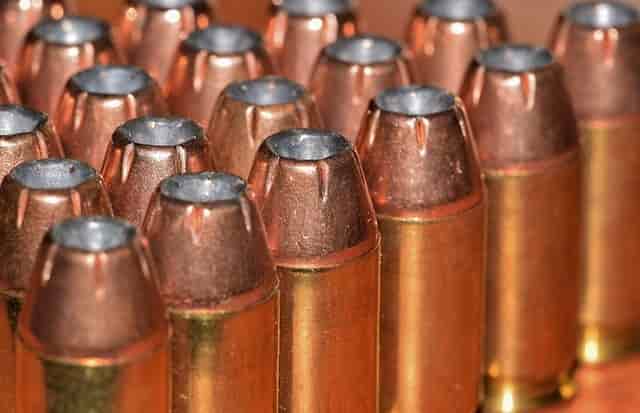
I’m telling you it’s so easy with Lucky Gunner! The ammo shown on their site is guaranteed to be in stock and will ship fast. I heartily endorse Lucky Gunner and so do their many customers.
“Okay, so far I’ve dealt twice with LuckyGunner, and all I can say is, I LOVE YOUR COMPANY!!!!
Imagine: only items in stock are advertised. Who’da thunk, eh? The more highly advertised ones – Cheaper Than Dirt, Cabela’s, et. al. – will put you on backorder forever and a day. But LuckyGunner – I ordered 500 shells of .45 ACP (hard to get in this “shortage”) – and there it was at my address. No backorders, no bull. Business as it should be.
Yes, I’m telling my friends! I’m constantly writing down your addy on bits of paper (and running out of the latter), spreading the joyous news, “No backorders! No bull! Try LuckyGunner.com, you won’t be sorry!” Thank you for being there for an ammo-starved public. And, thanks for the SUPERB customer service.”
— Walter J., Silverdale, WA —

